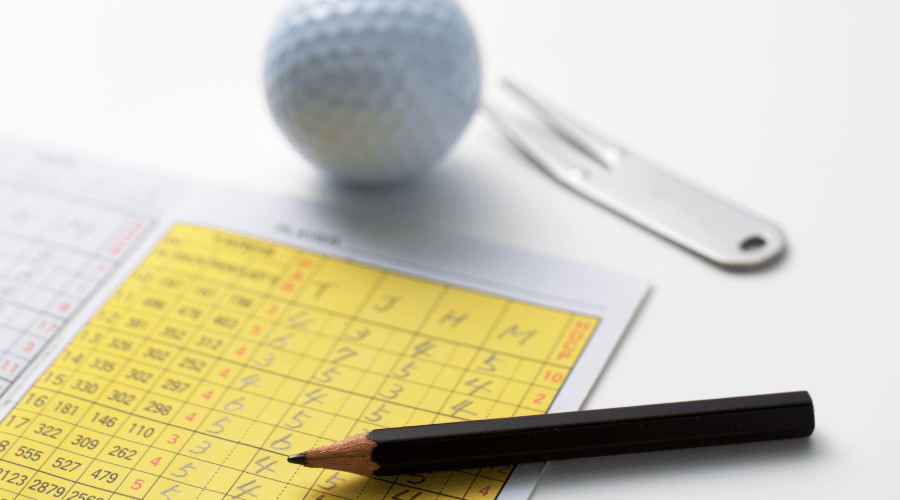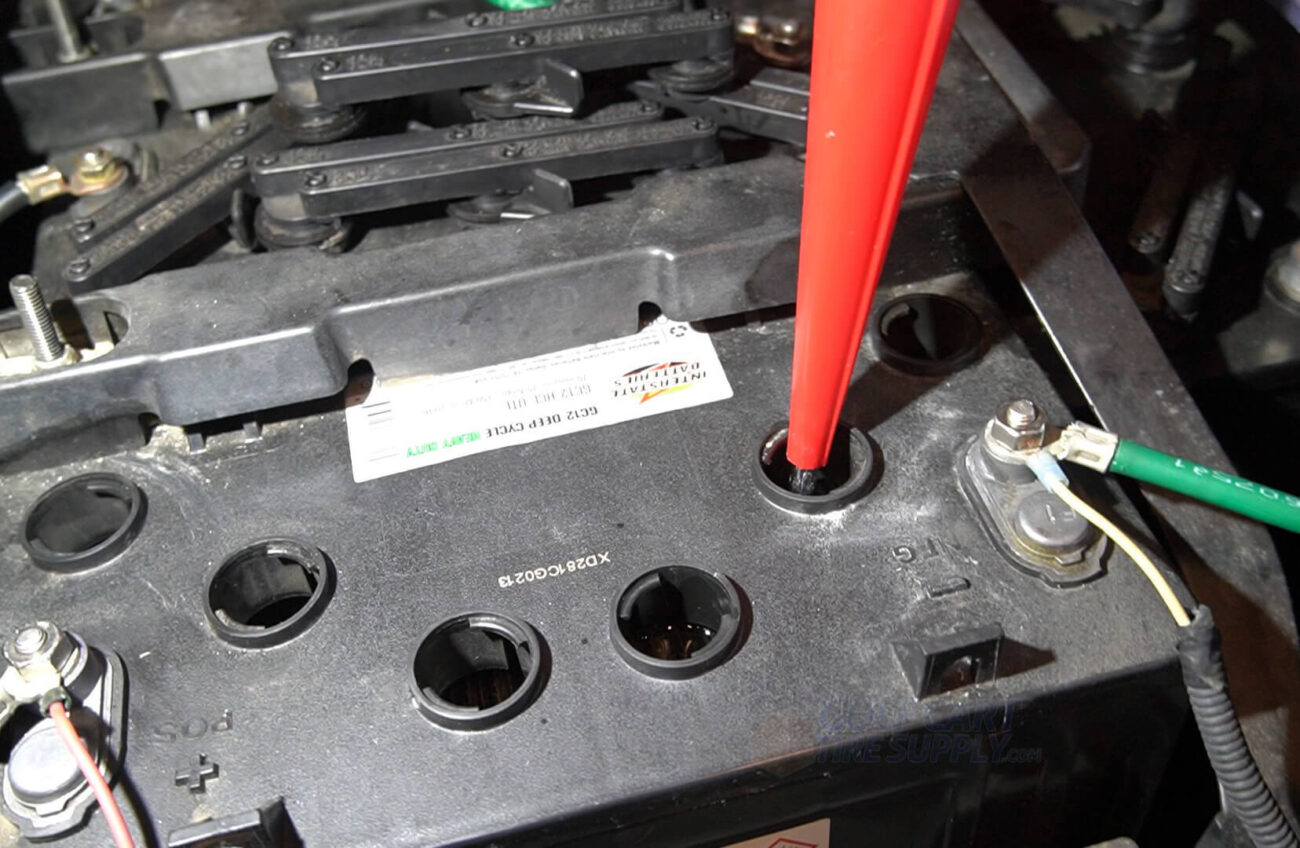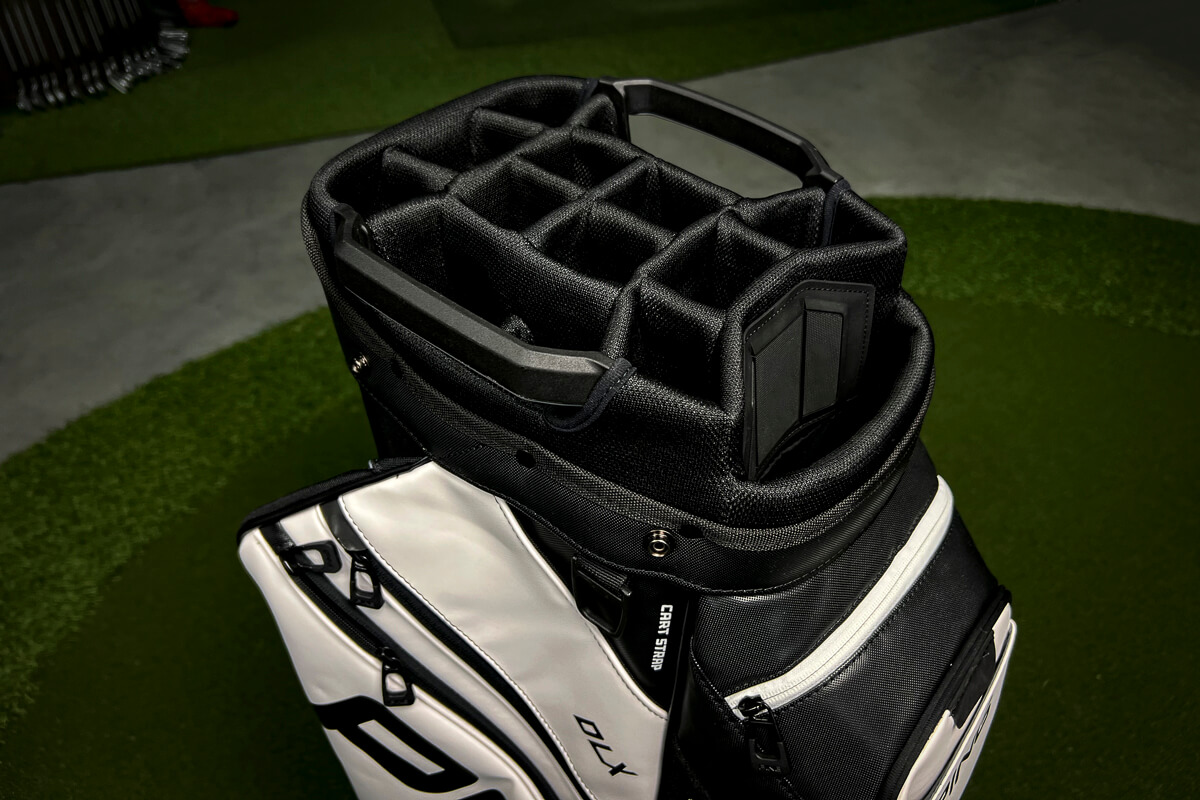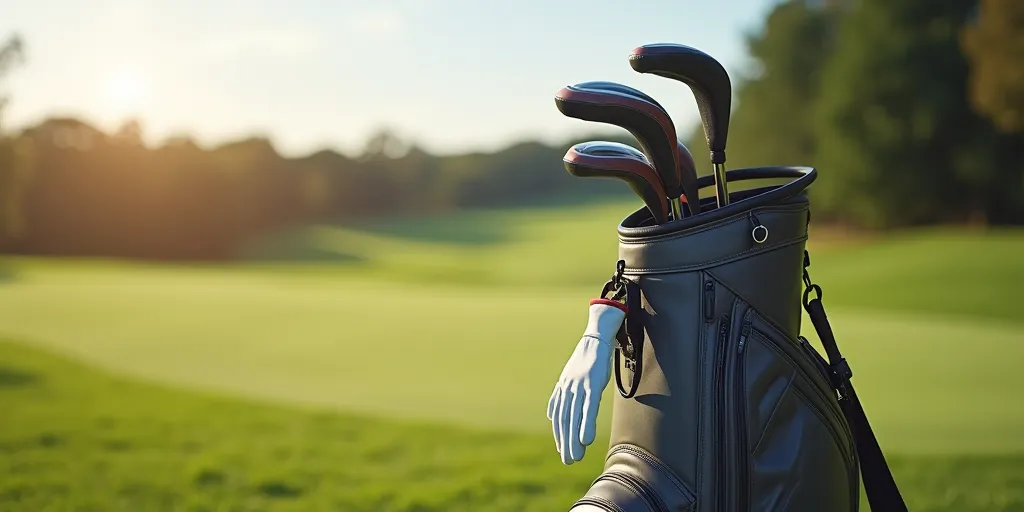
What Is an Average Golf Score? (Ranges, Ages, Handicaps & What “Good” Really Means)
People toss around the term “average golfer,” but it doesn’t say much about what players actually shoot. As a former membership director and teaching pro, here’s a clear, practical look at average golf scores—how they vary by gender, age, and skill level—plus how handicap fits into the picture and what a “good” score really is.
Headline Numbers: The “Average” Score
For most everyday 18-hole rounds on public courses:
- Men: typically 92–100
- Women: typically 95–105
These are real-world ranges. Course difficulty, weather, and how strictly players keep score all shift the average a few strokes in either direction.
Average Golf Score by Age
Many golfers lose a bit of speed and distance with age, which can gently raise scores over time. Tee selection and smart course management help keep numbers steady.
Men
| Age Group | Typical 18-Hole Score (Men) |
|---|---|
| 20s | 90–95 |
| 30s | 92–97 |
| 40s | 94–99 |
| 50s | 96–101 |
| 60s | 98–103 |
| 70s | 100–105 |
| 80s | 102–107 |
Women
| Age Group | Typical 18-Hole Score (Women) |
|---|---|
| 20s | 95–100 |
| 30s | 97–102 |
| 40s | 99–104 |
| 50s | 101–106 |
| 60s | 103–108 |
| 70s | 105–110 |
| 80s | 107–112 |
Exception worth noting: some golfers actually improve in their 50s and 60s as schedules free up and practice time increases—especially if they choose tees that match their carry distance.
Average Score by Skill Level
“Average” is subjective, but these bands help frame expectations:
| Skill Level | Typical 18-Hole Score | Quick Description |
|---|---|---|
| Professional | 62–70 | Competes; elite control and scoring |
| Experienced Amateur | 70–80 | Low handicap; consistent ball striking |
| Club-Level Player | 78–88 | Single-digit to mid-teens handicap |
| Average Amateur | 89–95 | Most frequent public-course scores |
| Casual Player | 96–102 | Limited practice; plays for fun |
| Novice/Beginner | 103–110+ | Learning fundamentals; new to course play |
Average Score vs. Handicap (What’s the Difference?)
Your average score is simply what you tend to shoot. Your handicap index is a calculated number using course rating and slope to normalize difficulty across courses—so you can play fair net competitions anywhere.
Very rough mapping on a par-72, “average difficulty” setup:
| Typical Score | Approx. Handicap Index | Notes |
|---|---|---|
| ~90 | ~18 | Bogey golfer territory |
| ~92 | ~20 | “About average” on many public tracks |
| ~95 | ~22–24 | Depends heavily on course rating/slope |
| ~100 | ~26–28 | Common for newer or occasional players |
Important: this is an approximation. Actual indexes fluctuate based on the courses you post to your scoring record.
What Affects the Average?
- Course difficulty: Higher ratings/slopes punish misses and raise scores.
- Conditions: Wind, rain, and rough height matter. Soft, slow greens vs. firm, fast greens change three-putt rates.
- Pace of play: Long waits break rhythm and focus.
- Seriousness of play: Casual “gimme” rounds under-report a few strokes; tournament golf rarely does.
- Equipment fit: Proper loft/lie, shaft, and ball choice tighten dispersion and save shots.
- Consistency of practice: Short-game reps (up-and-down, lag putting) move the needle fastest.
So, What’s a “Good” Golf Score?
“Good” depends on where you’re starting from. For a brand-new golfer, under 110 is a win. For a steady weekend player, breaking 90 is a common milestone. Here’s a quick guide:
| Skill Level | “Good” Score | Context |
|---|---|---|
| Beginner | Under 110 | Learning rules, pace, and contact |
| Intermediate | 90–100 | Occasional practice; basic consistency |
| Average | 80–90 | Regular play; some short-game work |
| Advanced | 70–79 | Strong control; practices purposefully |
| Professional | Below 70 | Elite ball striking and scoring |
Quick FAQs
What does the average golfer shoot?
Roughly mid-90s on many public-course rounds. Men commonly land in the 92–100 range; women often fall between 95–105.
How many golfers break 90?
Ballpark estimate: about a quarter of recreational golfers consistently break 90. Course difficulty and how strictly players score make a big difference.
What’s my handicap if I shoot 90–92?
On an average par-72 course, ~90 ≈ 18 index, ~92 ≈ 20 index. Your exact number depends on course rating/slope and the best differentials in your scoring record.
Why is 59 such a big deal?
Because it implies 13 birdies (or equivalent) with nearly flawless execution—an extremely rare level of scoring even for tour pros.
Final Thoughts
If you’re keeping an honest card and enjoying your round, you’re winning. Use the ranges above as context—not judgment. Then focus on the two fastest levers to lower your personal “average”: eliminate penalties and sharpen lag putting & up-and-downs. Do that, and the numbers start sliding the right way—no matter where you play.





Add a review
Your email address will not be published. Required fields are marked *